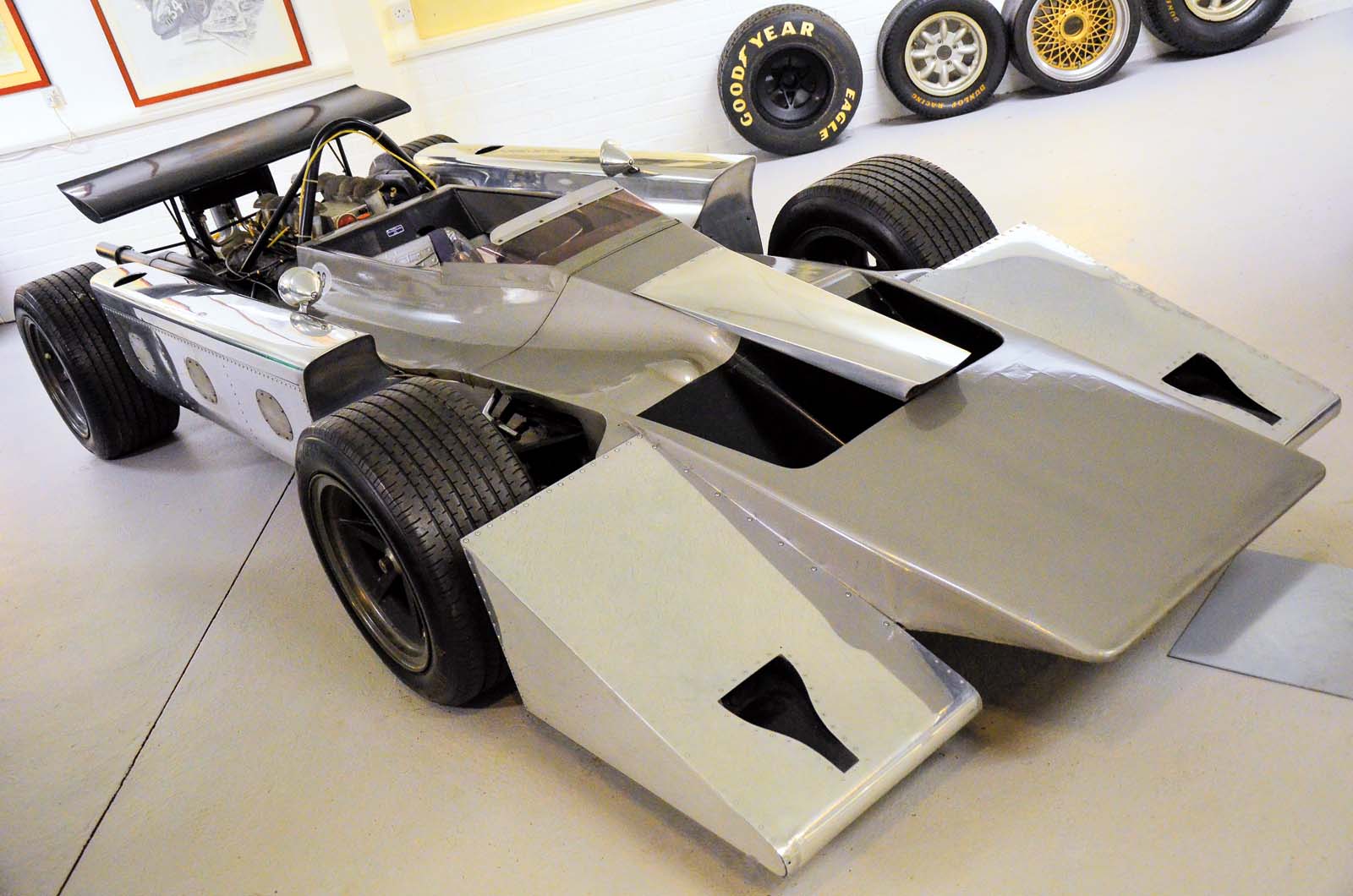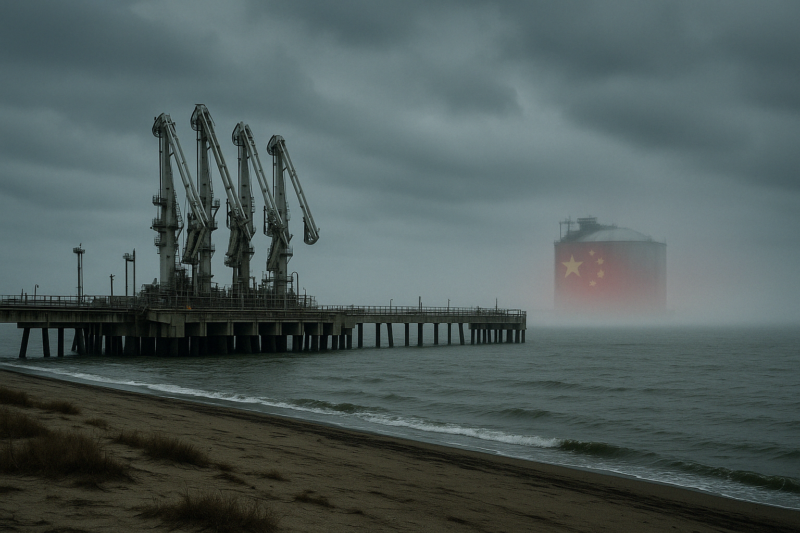Combined In Situ X‐Ray Spectroscopic and Theoretical Study on Trimetal Synergistic Enhancement of Water Oxidation
Advanced Energy Materials, Volume 15, Issue 15, April 15, 2025.

Trimetal synergistic enhancement of OER activity is observed in CaCu3Co2Ru2O12 catalyst, which exhibits a low overpotential of 198 mV at 10 mA cm‒2. In situ X-ray absorption spectra reveal that the Co and Ru ions are active sites. Although Cu is not the active sites, it optimizes the electronic structure at the EF, leading to a synergistic enhancement of OER activity by the Cu-Co-Ru network.
Abstract
Electrochemical water-splitting is vital in energy storage and conversion applications. However, the sluggish kinetics of the oxygen evolution reaction (OER) hinders the electrochemical water-splitting. Therefore, developing efficient catalysts and understanding the OER mechanism are highly desirable. This study successfully synthesized a new quadruple perovskite oxide CaCu3Co2Ru2O12 (CCCRO) catalyst exhibiting high OER activity with overpotential 198 mV at 10 mA cm−2, a Tafel slope of 37 mV dec−1, and long-term operational stability with a current density of 500 mA cm−2 for >500 h. The in situ X-ray absorption near-edge structure (XANES) indicated that a part of high-spin (HS) Co3+ ions and low-spin (LS) Ru5+ ions transitioned to the tetravalent Co (IV) and hexavalent Ru (VI) valence states under OER. However, the Cu2+ valence state remained unchanged. Furthermore, the density functional theory (DFT) calculations reveal that the lattice-oxygen oxidation mechanism (LOM) rather than conventional adsorbate evolution mechanism (AEM) is responsible for high OER activity in Ru (VI)-O-Co (IV) network, and that the Cu(A’)/Co(B)/Ru(B’) three sites synergistically facilitate the OER activity for CCCRO.







































































































































































